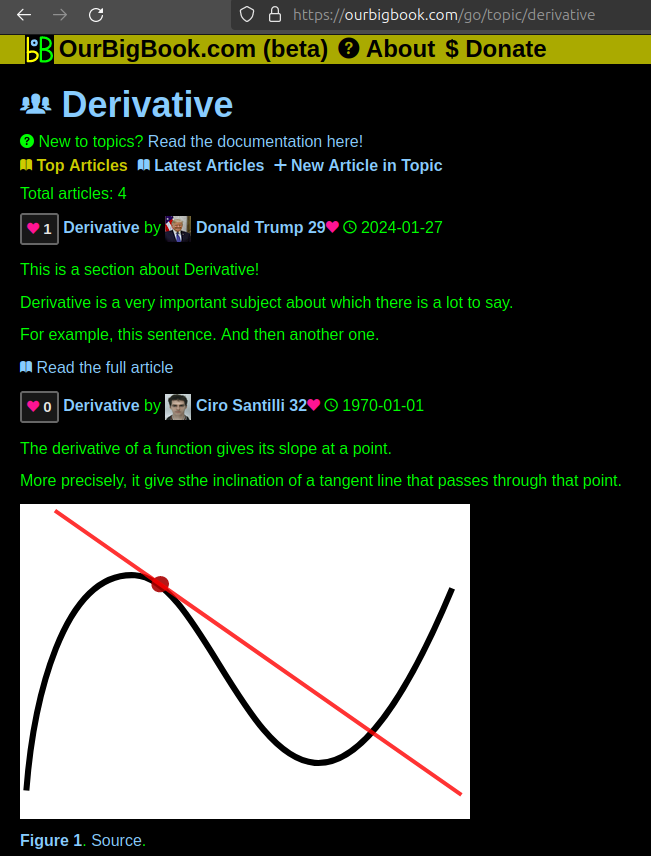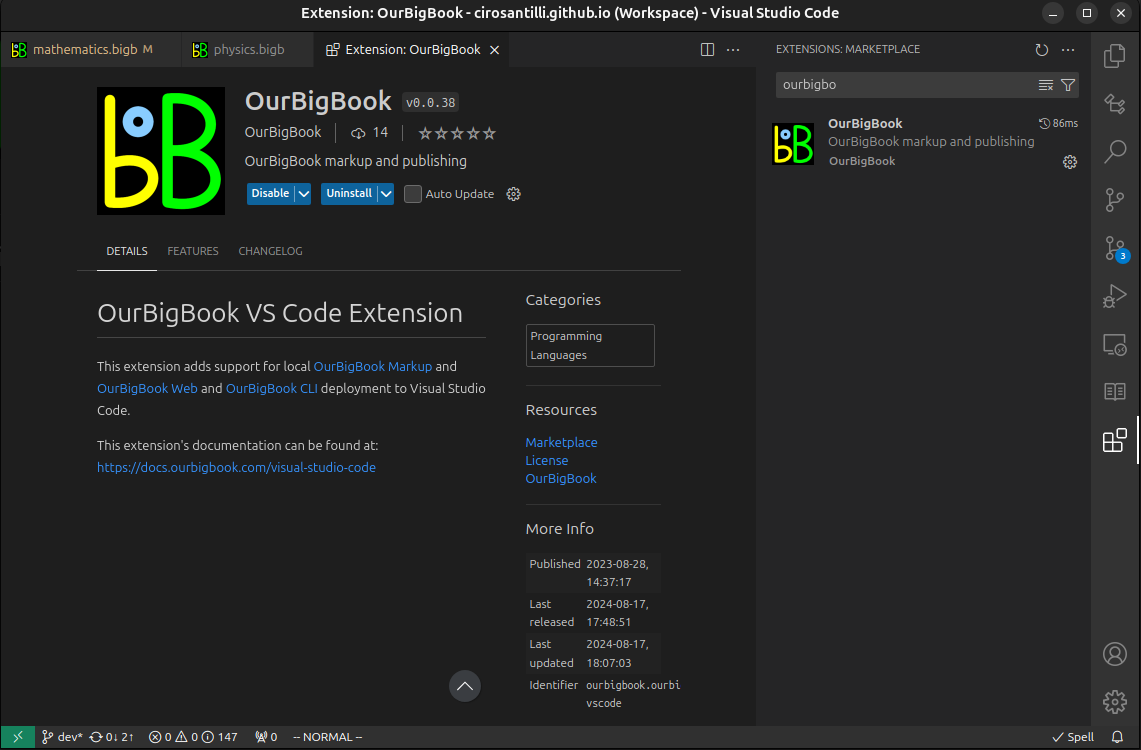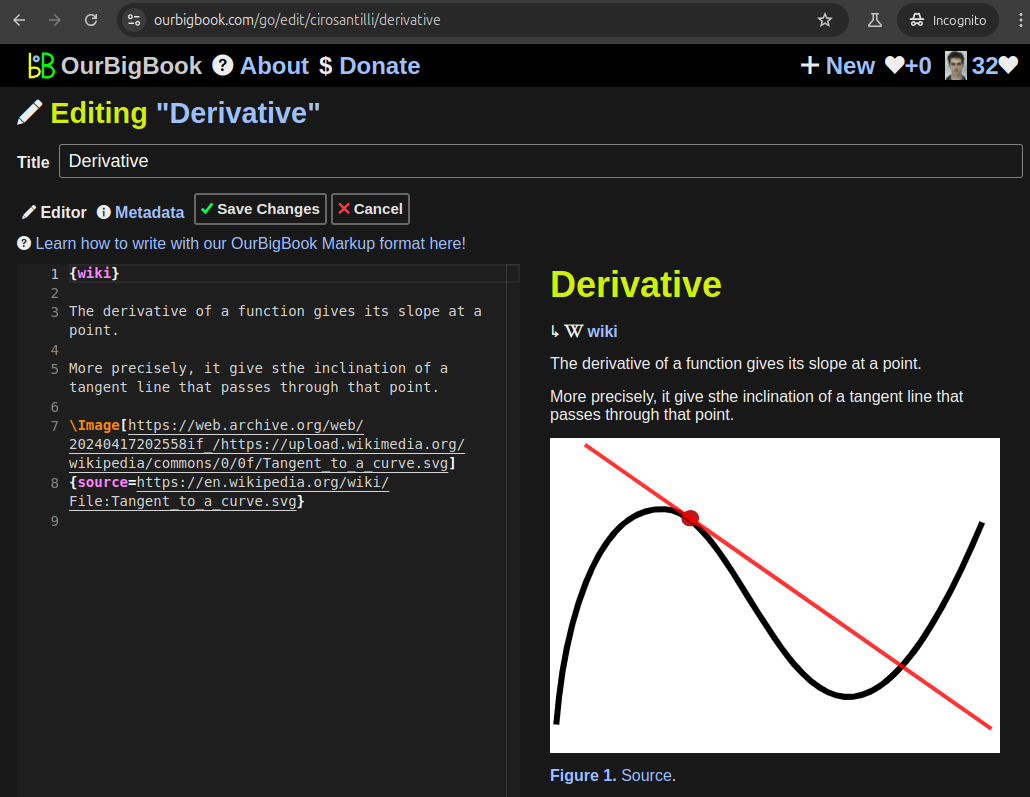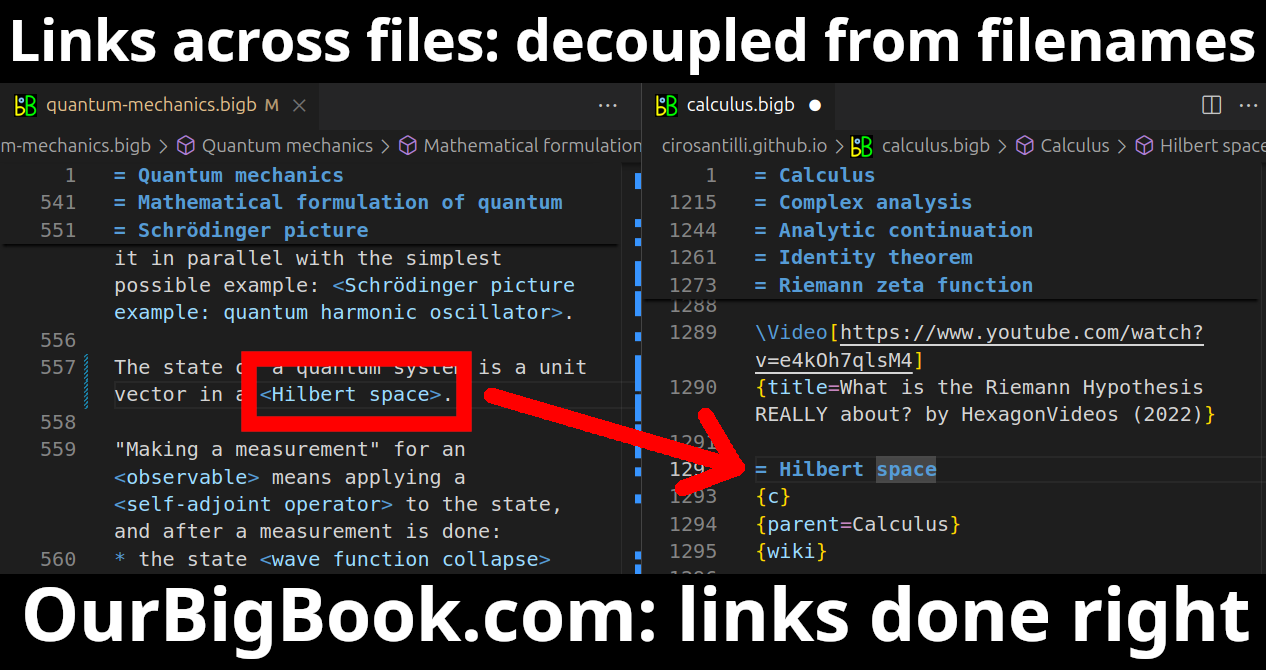Organizational memory refers to the stored information and knowledge within an organization that can be used to improve its efficiency, effectiveness, and adaptability. It encompasses the collective experiences, insights, competencies, and information that reside within an organization, both in tangible forms (such as documents, databases, and records) and intangible forms (such as expertise, culture, and relationships).
The "Islands of the Labrador Sea" typically refers to a group of islands located in the Labrador Sea, which is situated between the northeastern coast of Canada and Greenland. Key islands in this region include: 1. **Baffin Island**: While not directly in the Labrador Sea, it is part of the broader Arctic region and located to the north of the sea.
Social forecasting refers to the practice of predicting social trends, behaviors, and changes within society using various methodologies, tools, and data sources. This field draws upon insights from sociology, psychology, economics, and data science to analyze patterns and make projections about future social dynamics.
Satellites orbiting Lagrange points refer to spacecraft that are positioned at or near one of the five specific points in a two-body system where the gravitational forces and the orbital motion of the bodies create a stable or semi-stable location for smaller objects. These points are known as Lagrange points, named after the French mathematician Joseph-Louis Lagrange.
FLEXPART is a numerical model designed for simulating the transport and dispersion of atmospheric pollutants and tracers. It stands for "FLEXible PARTicle dispersion model," and it is often used in atmospheric science to study how substances such as gases, aerosols, or other particles move through the atmosphere under the influence of various meteorological conditions.
Generalized coordinates are a set of parameters used in the field of classical mechanics and theoretical physics to describe the configuration of a mechanical system. They provide a way to express the degrees of freedom of a system, which correspond to the number of independent parameters needed to uniquely specify its position or configuration.
Math rock is a genre known for its complex rhythms, intricate guitar work, and unconventional song structures. While there may not be a vast number of math rock albums specifically by Puerto Rican artists, there are some bands and artists from Puerto Rico that incorporate math rock elements or are influenced by progressive and experimental rock.
A landslide dam is a type of dam that forms when a landslide blocks the flow of a river or stream, creating a natural barrier made from rock, soil, and debris. When a significant amount of material from a hillside or mountainous area collapses and falls into a river valley, it can obstruct the river and lead to the accumulation of water behind the blockage. This accumulation can create a temporary lake or reservoir.
106 mm artillery typically refers to a type of towed or towed artillery piece that fires a shell with a diameter of 106 millimeters (mm). In many contexts, it is often associated with the 106 mm RCL (Recoiless Gun), which is a type of weapon system designed for anti-tank and general fire support roles.
120 mm artillery refers to a specific caliber of artillery that uses shells with a diameter of 120 millimeters (mm). This category typically includes medium artillery systems, often utilized for indirect fire support in military operations. The 120 mm caliber is commonly associated with mortars, howitzers, and some self-propelled guns. One of the most well-known systems that use 120 mm rounds is the 120 mm mortar, which is used by various armed forces around the world.
The term "122 mm artillery" typically refers to artillery pieces that fire shells with a caliber of 122 millimeters. This caliber is most commonly associated with towed and self-propelled howitzers, as well as some rocket artillery systems. One of the most prominent examples of a 122 mm artillery system is the D-30 howitzer, which is widely used by various countries and armed forces around the world. It has a range of about 15 kilometers (9.
400 mm artillery refers to heavy artillery pieces that have a caliber of 400 millimeters (mm), which is approximately 15.75 inches. This type of artillery is typically used for long-range bombardment and can deliver a significant explosive payload over great distances. The use of 400 mm artillery is primarily associated with large siege guns, coastal defense weapons, or heavy artillery systems designed to provide support against fortified positions or to engage enemy forces at long ranges.
203 mm artillery typically refers to howitzers that fire shells with a diameter of 203 millimeters (8 inches). This caliber of artillery is known for its significant firepower and is used for long-range bombardment, support for ground troops, and to destroy fortified positions. Historically, 203 mm artillery has been utilized by various countries, particularly during the 20th century.
The term "413 mm artillery" generally refers to artillery pieces or gun systems with a caliber of 413 millimeters. One notable example is the **Schwerer Gustav**, a German super-heavy railway gun used during World War II. The Schwerer Gustav was one of the heaviest artillery pieces ever constructed, designed to be able to fire massive shells capable of penetrating fortified targets, such as the heavily defended French Maginot Line.
75 mm artillery refers to a type of artillery weapon that uses a 75 mm caliber projectile. This caliber has been used in various artillery pieces, including howitzers, field guns, and anti-tank guns, throughout military history. The term "75 mm" indicates the diameter of the shell fired from the cannon. Historically, 75 mm artillery has been significant in multiple conflicts, especially during World War I and World War II.
The term "800 mm artillery" typically refers to a type of large-caliber artillery piece that has a bore diameter of 800 millimeters. The most notable example of an 800 mm artillery piece is the **Schwerer Gustav**, a heavy railway gun developed by Nazi Germany during World War II. It was designed for the purpose of penetrating heavily fortified positions, such as the French Maginot Line or the Soviet Union's defenses.
Cramér's theorem is a fundamental result in the field of large deviations theory, which examines the asymptotic behavior of the probabilities of rare events. Specifically, Cramér's theorem provides a way to quantify the likelihood of deviations of a sum of independent random variables from its expected value. The theorem states that if we have a sequence of independent and identically distributed (i.i.d.
The Buchholz hydra is a concept from set theory and mathematical logic, particularly within the study of large cardinals and the foundations of mathematics. It was introduced by the mathematician Wolfgang Buchholz as a part of his work on proof theory and the analysis of formal systems. The Buchholz hydra is often discussed in the context of certain types of ordinal notations, especially in connection with ordinal collapsing functions and strong axioms of infinity.
As of my last knowledge update in October 2023, the statistical leaders for the East Tennessee State Buccaneers men's basketball program include various categories such as points, rebounds, assists, steals, and blocks. However, specific current statistics can change frequently with each season. For the most accurate and up-to-date information regarding the statistical leaders, I recommend checking the official East Tennessee State University athletics website or their men's basketball program page. They typically provide the latest records and statistics for players in their history.
Pinned article: Introduction to the OurBigBook Project
Welcome to the OurBigBook Project! Our goal is to create the perfect publishing platform for STEM subjects, and get university-level students to write the best free STEM tutorials ever.
Everyone is welcome to create an account and play with the site: ourbigbook.com/go/register. We belive that students themselves can write amazing tutorials, but teachers are welcome too. You can write about anything you want, it doesn't have to be STEM or even educational. Silly test content is very welcome and you won't be penalized in any way. Just keep it legal!
Intro to OurBigBook
. Source. We have two killer features:
- topics: topics group articles by different users with the same title, e.g. here is the topic for the "Fundamental Theorem of Calculus" ourbigbook.com/go/topic/fundamental-theorem-of-calculusArticles of different users are sorted by upvote within each article page. This feature is a bit like:
- a Wikipedia where each user can have their own version of each article
- a Q&A website like Stack Overflow, where multiple people can give their views on a given topic, and the best ones are sorted by upvote. Except you don't need to wait for someone to ask first, and any topic goes, no matter how narrow or broad
This feature makes it possible for readers to find better explanations of any topic created by other writers. And it allows writers to create an explanation in a place that readers might actually find it.Figure 1. Screenshot of the "Derivative" topic page. View it live at: ourbigbook.com/go/topic/derivativeVideo 2. OurBigBook Web topics demo. Source. - local editing: you can store all your personal knowledge base content locally in a plaintext markup format that can be edited locally and published either:This way you can be sure that even if OurBigBook.com were to go down one day (which we have no plans to do as it is quite cheap to host!), your content will still be perfectly readable as a static site.
- to OurBigBook.com to get awesome multi-user features like topics and likes
- as HTML files to a static website, which you can host yourself for free on many external providers like GitHub Pages, and remain in full control
Figure 3. Visual Studio Code extension installation.Figure 4. Visual Studio Code extension tree navigation.Figure 5. Web editor. You can also edit articles on the Web editor without installing anything locally.Video 3. Edit locally and publish demo. Source. This shows editing OurBigBook Markup and publishing it using the Visual Studio Code extension.Video 4. OurBigBook Visual Studio Code extension editing and navigation demo. Source. - Infinitely deep tables of contents:
All our software is open source and hosted at: github.com/ourbigbook/ourbigbook
Further documentation can be found at: docs.ourbigbook.com
Feel free to reach our to us for any help or suggestions: docs.ourbigbook.com/#contact






